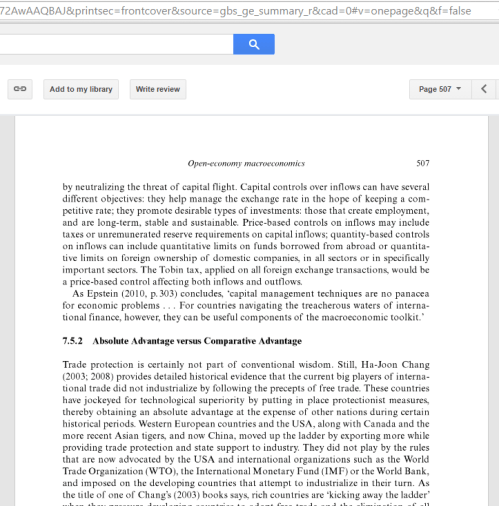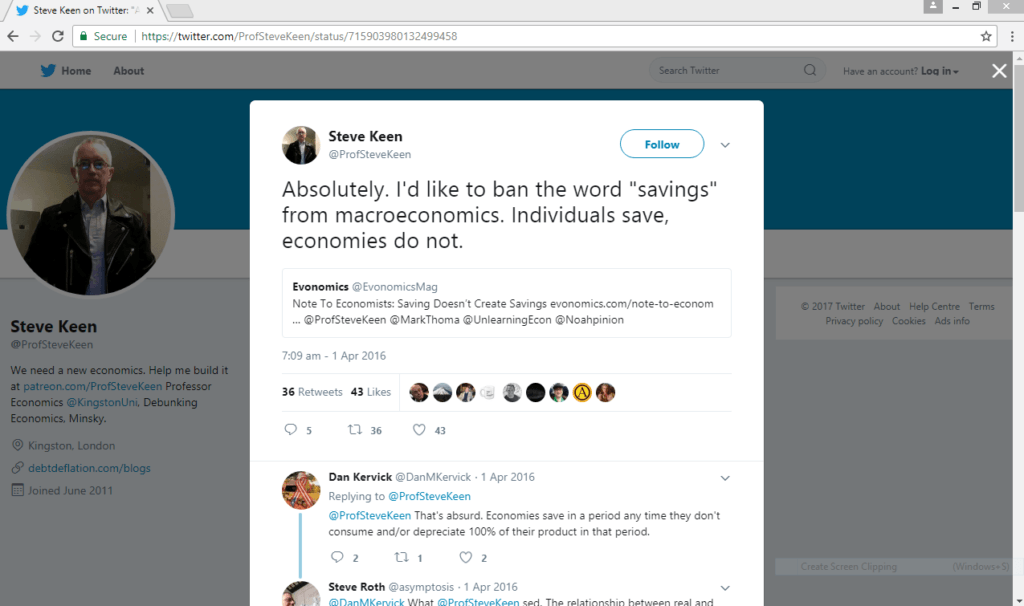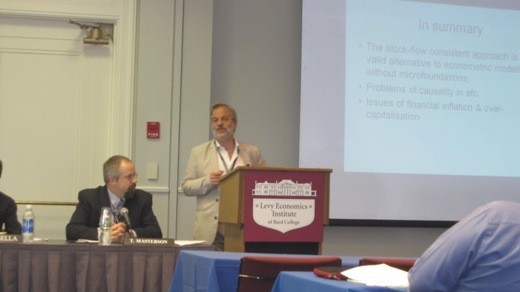There’s a paper by Jason Furman who is the Chairman of the Council of Economic Advisers which concedes how wrong economists were on fiscal policy. The link is a file hosted at the White House’s website! The paper starts off with a remarkable admission on fiscal policy (h/t and words borrowed from Jo Michell)
A decade ago, the prevalent view about fiscal policy among academic economists could be summarized in four admittedly stylized principles:
- Discretionary fiscal policy is dominated by monetary policy as a stabilization tool because of lags in the application, impact, and removal of discretionary fiscal stimulus.
- Even if policymakers get the timing right, discretionary fiscal stimulus would be somewhere between completely ineffective (the Ricardian view) or somewhat ineffective with bad side effects (higher interest rates and crowding-out of private investment).
- Moreover, fiscal stabilization needs to be undertaken with trepidation, if at all, because the biggest fiscal policy priority should be the long-run fiscal balance.
- Policymakers foolish enough to ignore (1) through (3) should at least make sure that any fiscal stimulus is very short-run, including pulling demand forward, to support the economy before monetary policy stimulus fully kicks in while minimizing harmful side effects and long-run fiscal harm.
Today, the tide of expert opinion is shifting the other way from this “Old View,” to almost the opposite view on all four points. This shift is partly the result of the prolonged aftermath of the global financial crisis and the increased realization that equilibrium interest rates have been declining for decades. It is also partly due to a better understanding of economic policy from the experience of the last eight years, including new empirical research on the impact of fiscal policy as well as observations of the reaction of sovereign debt markets to the large increases in debt as a share of GDP in the wake of the global financial crisis. In the first part of my remarks, I will discuss the theory and evidence underlying this “New View” of fiscal policy (with, admittedly, the core of this theory being an “Old Old View” that dates back to John Maynard Keynes and the liquidity trap).
Compare that to the Post-Keynesian view, which according to Wynne Godley and Marc Lavoie in their book Monetary Economics written before the crisis (from chapter 1, Introduction):
The alternative paradigm, which has come to be called ‘post-Keynesian’ or ‘structuralist’, derives originally from those economists who were more or less closely associated personally with Keynes such as Joan Robinson, Richard Kahn, Nicholas Kaldor, and James Meade, as well as Michal Kalecki who derived most of his ideas independently.
… According to post-Keynesian ideas, there is no natural tendency for economies to generate full employment, and for this and other reasons growth and stability require the active participation of governments in the form of fiscal, monetary and incomes policy.





